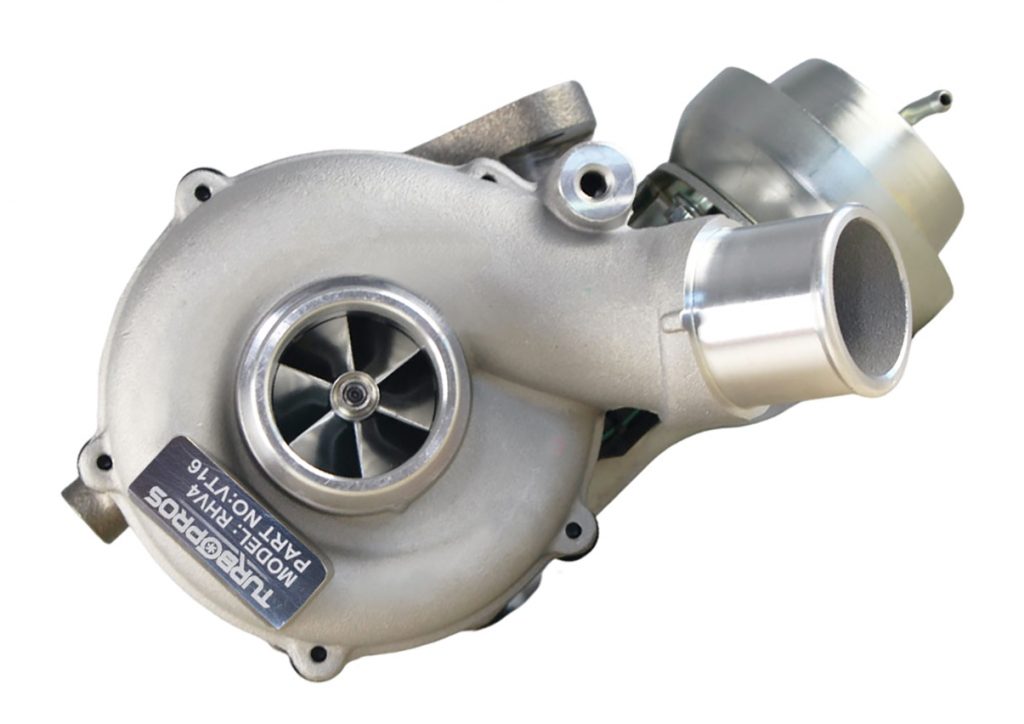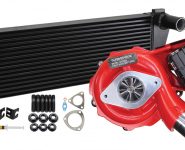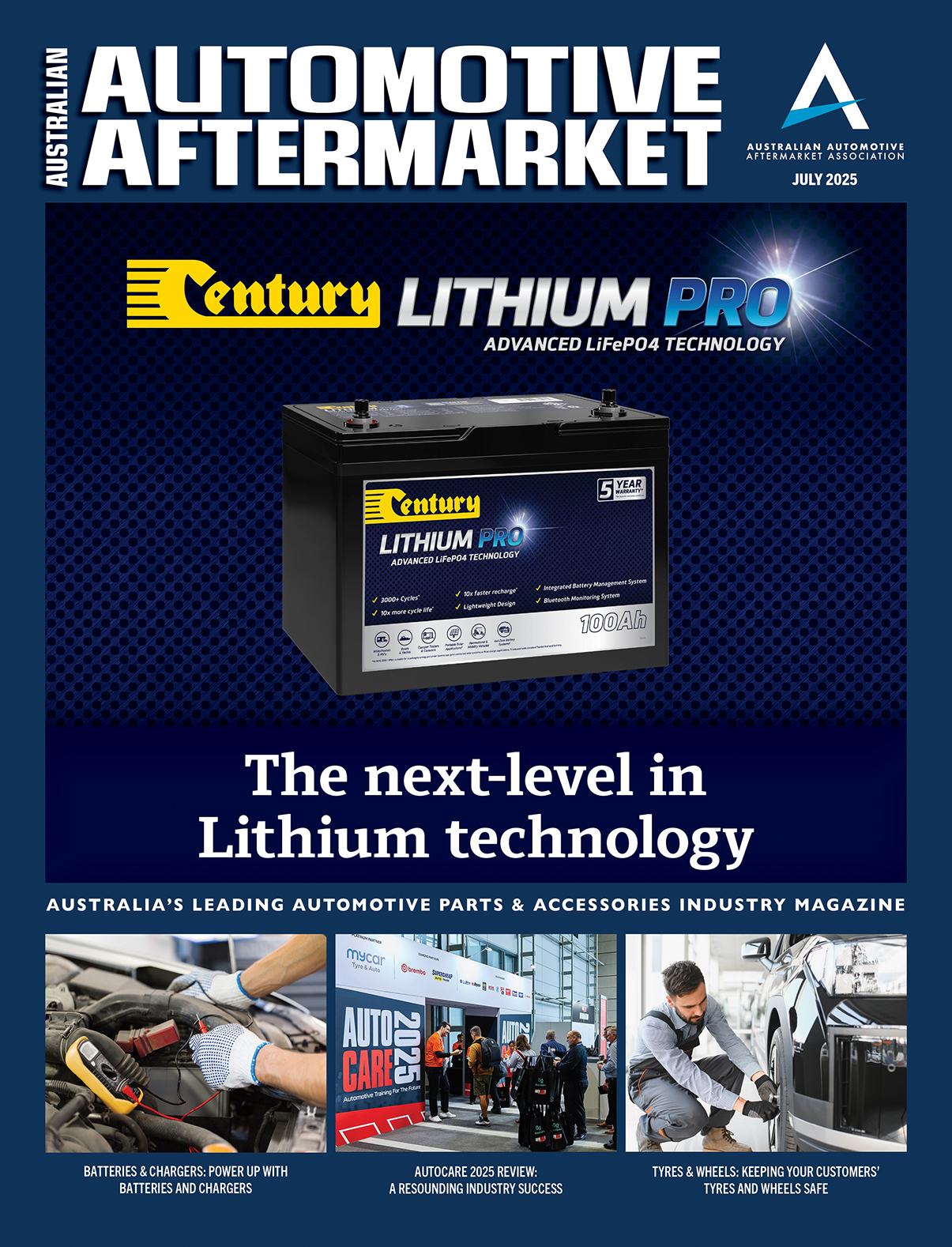TURBO PROS TALKS TURBOCHARGER FITTING
The experts at Turbo Pros recommend you follow these steps when fitting a turbocharger

When fitting a replacement turbo, you should always follow these steps.
Before you start, Turbo Pros says it is important to make sure you understand why the old unit failed – you don’t want the same problem to recur and damage the new unit again.
Before fitting a new unit, you should figure out the reasons of turbo failure and fix the problems accordingly.
Then, ensure you are replacing the correct unit – the part number should be shown on the old turbo’s nameplate.
If you have difficulty reading the part number, Turbo Pros says it can help with the latest VIN (Vehicle Identification Number) checker and can identify the correct turbo for you.
Once you know why the original failed, and you have the correct unit ready to fit, Turbo Pros says you should follow these steps:
• Check for cleanliness – the smallest particles of dirt can do irrevocable damage to a turbocharger so check the engine intake/exhaust and aftercooler systems for cleanliness and obstructions, carefully removing oil, pieces of gasket, dust, dirt and other debris. Replace the air filter.
• Check oil feed pipe and oil drain pipe – ensure that the oil inlet and oil drain flanges are clean and free from obstruction, internal carbon and sludge, removing them to clean if necessary. If in doubt, replace with new.
• Replace the oil and filter, including the prime filter, ensuring that only OEM recommended parts and specified oil are used.
• Check the exhaust mounting flange – make sure it is flat and free from cracks and carbon debris, and the studs are in good condition.
• Check that the manifold casting is not cracked on the outside or breaking up internally. If in doubt, replace with new.
• Mount the turbocharger on the exhaust flange, checking that the turbine inlet gasket fits correctly to give a gas tight seal.
• Align the end housings with all other connections and ensure that all fastenings are tightened to the specified torque. Check that any ‘O’ rings are not trapped when orientating the compressor cover as this may lead to a leakage.
• Connect the oil drain pipe, using the gaskets supplied. Do not use any liquid gasket product on turbocharger connections.
• Fill the turbocharger oil feed hole with clean engine oil and rotate the wheel by hand.
• Connect all external fittings to the turbocharger. On older engines, pull out the fuel stop and crank on the starter to develop oil pressure. On modern engines, start and idle for two minutes, checking that the oil warning light has gone out and that all air, gas, and oil connections are tight and free from leakage, using soapy water to help detect gas leaks. Tighten any fastenings as appropriate.
For more information, contact Turbo Pros on 03 7503 7999 or sales@turbopros.com.au






